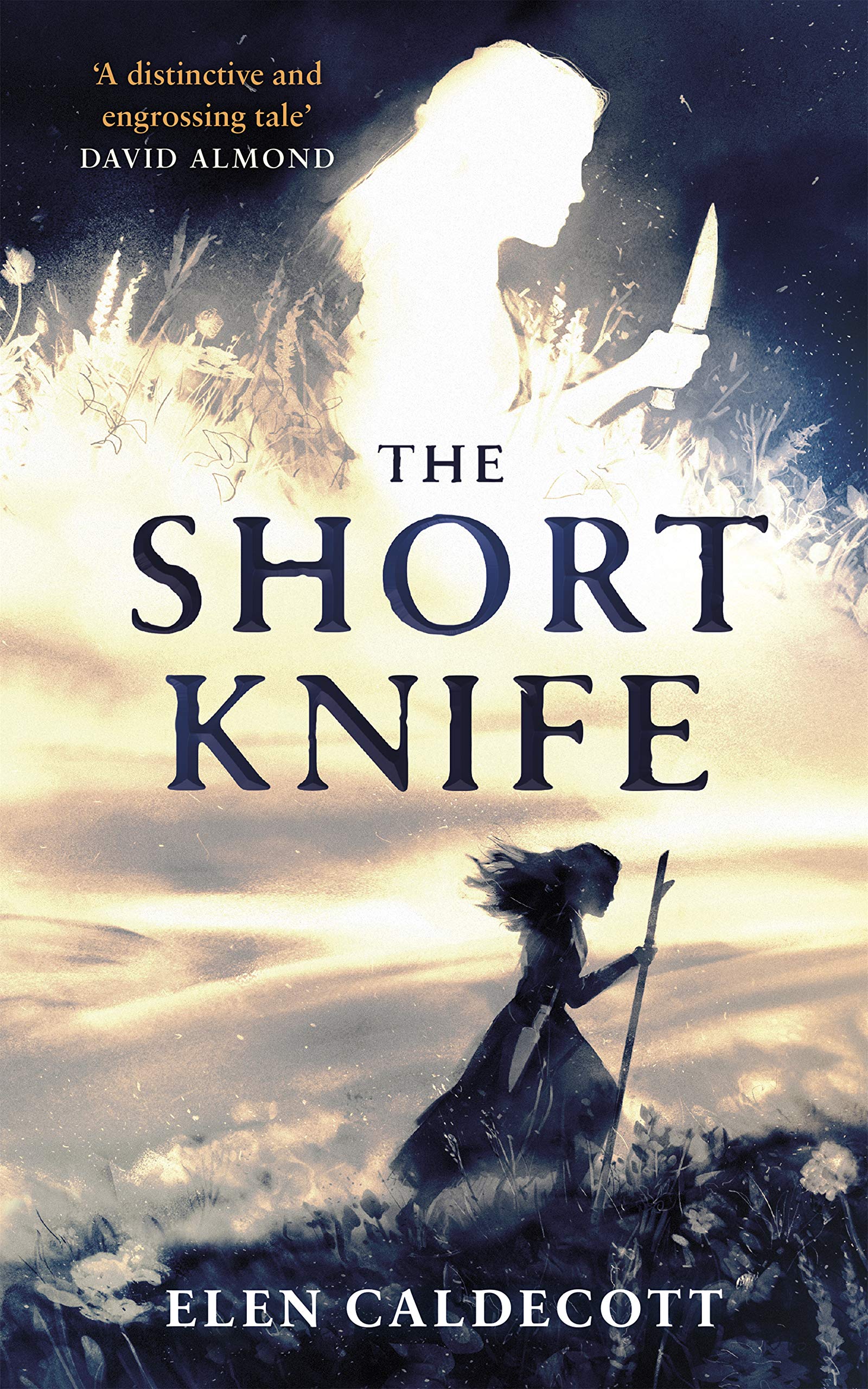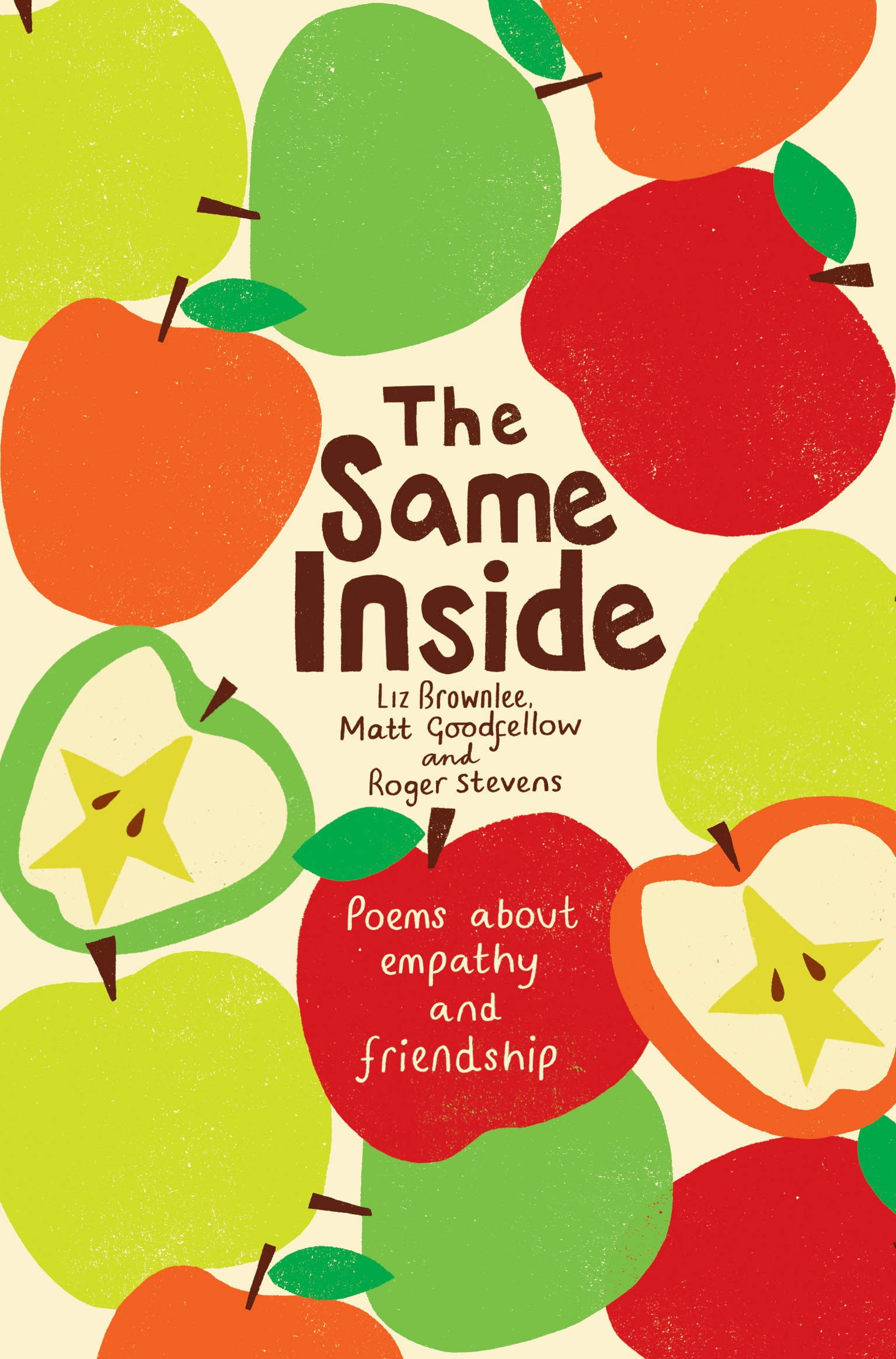Monthly Archives: April, 2012
Z is for zebra duiker
The last animal in my endangered animal A-Z is the zebra duiker. It’s a dainty, South African antelope, with 12-15 black stripes down its gold to copper-brown back. The word ‘duiker’ in Afrikaans means diver – it was named after the swift dive into undergrowth it makes when disturbed. This little ungulate has a very hard …
Y is for yellow-bellied asity
The yellow-bellied asity is a tiny, extraordinarily beautiful, brilliantly plumaged bird. It lives in high-elevation forests in Madagascar. It has a downwardly curving, black beak and drinks nectar using its long, hollow tongue. Despite being very small it defends its nectar sources bravely, flashing its bright yellow throat feathers at creatures many times its size, …
X is for Xerosecta giustii
Xerosecta giustii is a rather pretty little snail that lives in Italy. Like many snails, it doesn’t have a common name. People just don’t notice snails usually, unless they are eating their gardens, in which case they kill them. But snails, just like many other animals, are suffering in a more widespread way from human …
W is for Wolf
The way human’s view wolves is interesting. We are sure that our pet dogs, who hold the most special place in human hearts, were bred originally from wolves. Wolves were ideal partners – easily tameable, hunters who were able to be trained (as they are pack animals, and cooperate with their pack to hunt) to …
V is for Viper
A rattlesnake is a type of viper, called a pit viper. As I say in my book, Animal Magic, rattlesnakes are shy creatures that do not attack unless provoked, cornered and unable to escape. They advertise their presence by rattling the ends of their tail as a warning – not as an indication of a …
U is for Upland Horseshoe Bat
All horseshoe bats have strange horseshoe-shaped nose leaves – unlike other bats, their ultrasound call comes through their nose and not their mouth, and it is thought that the shape of their nose helps to direct the ultrasound frequencies more accurately. The upland horseshoe bat lives in West and Central Africa, in caves in both …
T is for Tiger
There is definitely something special about the tiger – despite the obvious power and weight visible beneath its stunning coat it has wonderful lightness and grace of movement. It is the largest of all cats, and arguably the most beautiful. It is also one of the most endangered. Again, human encroachment into and destruction of …
S number 1 is for Shoebill Stork
. Shoebill storks live in Africa, and are unusual, prehistoric-looking birds, about one and half metres tall. They have extraordinary, up to 30 cm long, shoe-shaped bills from which they derive their name. Not a huge amount is known about them – they hunt at night, are quite solitary, and live in impenetrable marshes. They …
R is for Rainbow Frog
The rainbow frog, rainbow burrowing frog or painted burrowing frog lives in dry forests and canyons in Madagascar. It is unusual because it has two adaptations for completely differing lifestyles. On its hind feet it has horny projections that help it burrow in the mud – where it spend up to ten months of the …
























